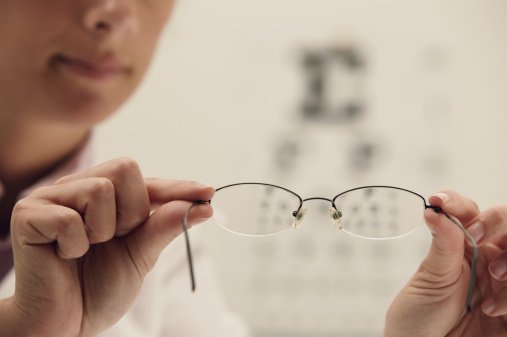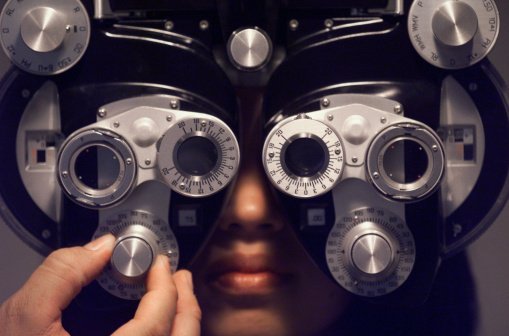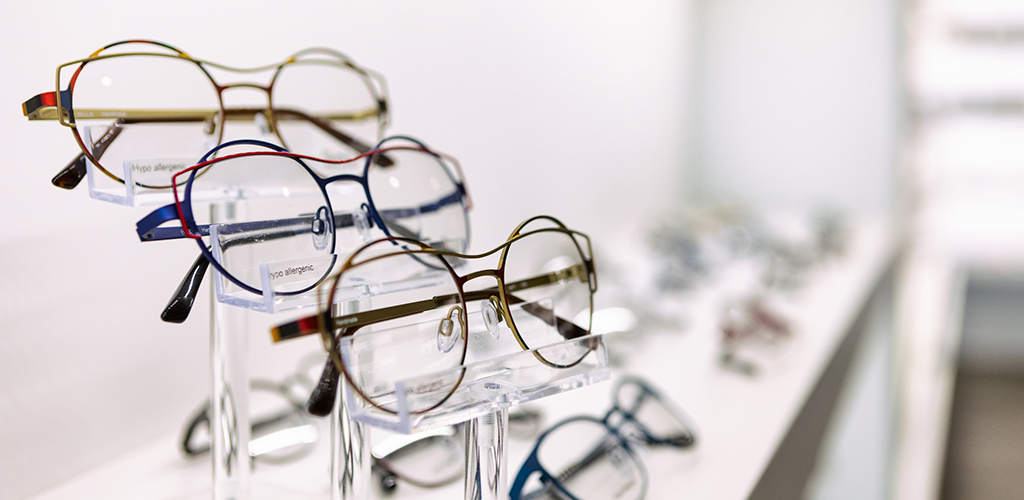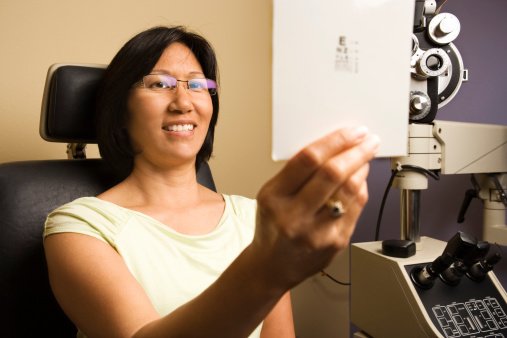
Performance Eyecare is the place for children’s glasses
With the kids going back to school, it’s time to bring them in for an eye exam and pick out any necessary eyewear to help him or her succeed this school year.

With the kids going back to school, it’s time to bring them in for an eye exam and pick out any necessary eyewear to help him or her succeed this school year.

Did you know August is National Eye Exam month? It’s a nice reminder as we get ready to send the kids back to school that eye health is important learning for children, and even for adults.

Just the thought of buying eyeglasses for your child can make you want to pull your hair out. First, there is the initial selection to consider. Second, you must consider what your child is willing to wear. Third, which eyeglasses will be the most durable? Then there is the pressure from your child, who is … Read more

August is National Eye Exam month, which is the perfect time to get your eyes and your kids’ eyes examined before the school year gets underway.
Big project due? Bills need to be paid? Trying to find a job? These are a few things that can cause stress. That stress can cause other problems to your health including your eyes. Life can be hectic as we try to best manage our tasks in an orderly fashion, but sometimes the anxiety takes … Read more

Did you know October is considered Computer Learning Month? We’re not here to teach you how to use the computer better, but to inform you of computer vision syndrome, especially for children who are likely to use the computer more often. Take a look at these facts and figures from Gary Heiting, OD and Larry K. … Read more
As a parent, you may wonder whether your pre-schooler has a vision problem or when a first eye exam should be scheduled. Eye exams for children are extremely important. Experts say 5 to 10% of pre-schoolers and 25% of school-aged children have vision problems. Early identification of a child’s vision problem is crucial because, if … Read more